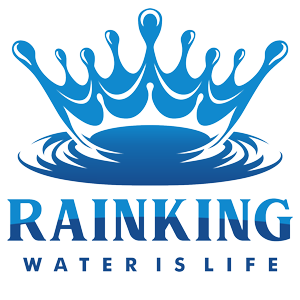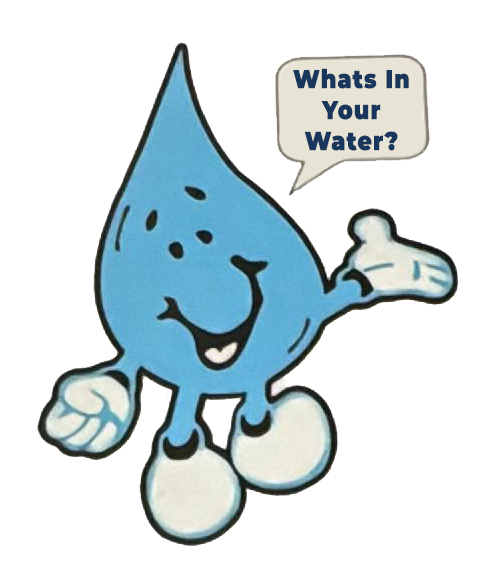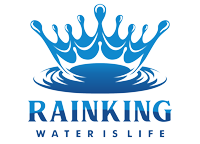How to remove chloride from water. Chloride is a common element found in water and can be detrimental to our environment. With the growing concern over water pollution, it is important to know how to remove this troublesome element from our waterways. Luckily, there are measures that can be taken to reduce and even remove chloride from water. In this blog post, we will provide a step-by-step guide on how to do just that. It’s no secret that chloride can cause serious damage to our natural ecosystems and waterways. Unfortunately, it is an element that is often present in our water supply – from oceans and rivers to wells and springs. While reducing chloride levels through preventative actions is ideal, there are times when it is necessary to take action and actually remove the chloride from the water directly. If you’ve ever wondered how to remove chloride from water, here’s your chance to find out! Through this step-by-step guide, we’ll provide you with the information and resources you need to confidently address chloride contamination. From identifying the source of chloride to implementing the most effective removal methods, this guide will provide you with the knowledge you need to tackle chloride infestations. So let’s get started!
Introduction
Introduction
Chloride is an essential mineral that can be found in many different types of foods and drinks. Unfortunately, excessive amounts of chloride in drinking water can result in an unpleasant taste and even health concerns. Fortunately, there are a few ways to remove chloride from drinking water. In this guide, we will provide a step-by-step guide on how to effectively remove chlorine from drinking water so that you can get back to enjoying the clean, fresh taste.
By following these steps, you will learn how to utilize a sediment filter, water softener, or reverse osmosis system to remove unwanted chlorine from your drinking water. We’ll also discuss some of the potential health effects associated with drinking water that has too much chloride and some tips for keeping chloride away from your drinking water.
What Is Chloride and How Does It Get Into Water?
Chloride is a naturally occurring anion found in various forms, such as sodium chloride and potassium chloride. It is generally present in seawater and can be found at different levels in freshwater sources. Chloride can be absorbed from the soil and transported by rivers and streams, or it can enter the water through the activities of man, such as the use of de-icing salts, agricultural chemicals, and industrial wastes. In order to reduce chloride levels in drinking water, it is important to identify the source of contamination and then apply the proper treatment.
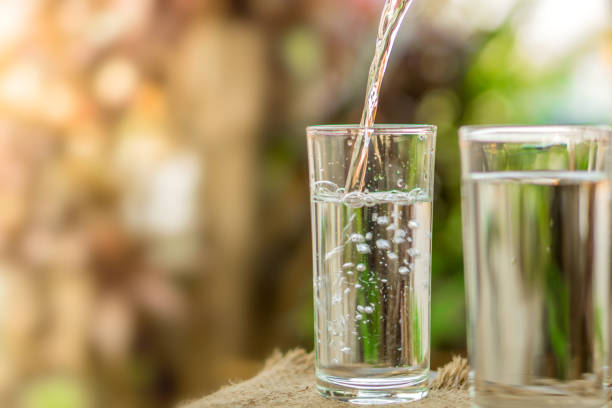
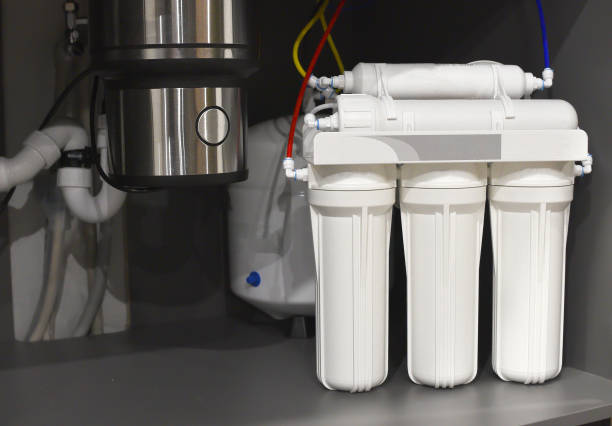
Methods to Remove Chloride from Water
Methods to Remove Chloride from Water
Chloride is a naturally occurring compound found in many drinking water sources. While it may not be harmful in small amounts, high concentrations of chloride can cause taste and odor issues, discoloration, and corrosion of pipes, fixtures, and equipment. It is therefore important to remove chloride from water when necessary. Fortunately, there are several methods that can be used to do so, such as ion exchange, reverse osmosis, and electrodialysis.
Ion Exchange is a process whereby chloride ions are exchanged for sodium ions or hydroxyl ions on an ion-exchange resin. The resin beads used in anion exchange systems attract chloride ions, allowing them to replace sodium ions already present in the water. Reverse osmosis is a process that uses a specialized membrane to remove chloride from water. This membrane is designed to allow only water molecules to pass through while rejecting molecules of salts and other dissolved solids. Electrodialysis is a process where chloride ions are separated from other particles by means of an electrical current. In this process, a pair of ion-exchange membranes are placed near each other and an electrical current is applied. This causes chloride ions to be drawn to one side of the membrane, while other particles are pushed to the other side.
The method chosen to remove chloride from the water will depend on the concentration of chloride present, the quality of the water, and the desired end result. Regardless of the method chosen, it is important to select one that is effective and efficient. Doing so will help ensure that your water is safe and free of chloride, while also avoiding costly repairs due to corrosion caused by high levels of chloride.
Step-by-Step Guide to Removing Chloride from Water
Removing Chloride from Water
Chloride is a naturally occurring mineral that can be found in water. It’s safe for consumption in small amounts, but too much of it can be dangerous. If your drinking water has high levels of chloride, it’s important to remove it before consumption. This guide will provide a step-by-step method of removing chloride from water.
1. Determine the source of the chloride: Depending on the source, you may need to use different methods to reduce the concentration of chloride. Common sources of chloride include agricultural runoff, sewage, and industrial waste.
2. Test the water: It’s important to test the water to determine the level of the chloride before attempting to remove it. This will determine the best course of action and the level of treatment required.
3. Select an appropriate method: There are a variety of methods available for removing chloride from water, including adsorption, ion exchange, reverse osmosis, and distillation. The most appropriate method will depend on the source, level, and type of chloride present.
4. Implement the chosen method: Once the best method for reducing chloride has been determined, it must be implemented. This can be done by using a commercial water filtration system or setting up a system at home.
5. Monitor the filtered water: After the water has been filtered, it needs to be tested again to ensure that the chloride has been reduced to an acceptable level. If the results indicate that there is still an unhealthy level of chloride, the process must be repeated until it is safe for consumption.
These five steps are essential for ensuring the safety of drinking water by removing chloride. It’s important to test the water regularly to ensure that the levels of chloride remain low. By following this guide, you’ll be able to protect yourself and your family from the negative effects of chloride in drinking water.
Conclusion
Conclusion
After understanding the process of how to remove chloride from water, it is clear that the process is not overly complicated. Depending on the desired result, a simple filtration system may be sufficient for removing chlorine from drinking water, or more complex systems may need to be implemented to meet environmental standards. It is important to test the water before and after treatment in order to determine the efficacy of the process. The main takeaway is that chloride removal from water is achievable with the right equipment and processes.

